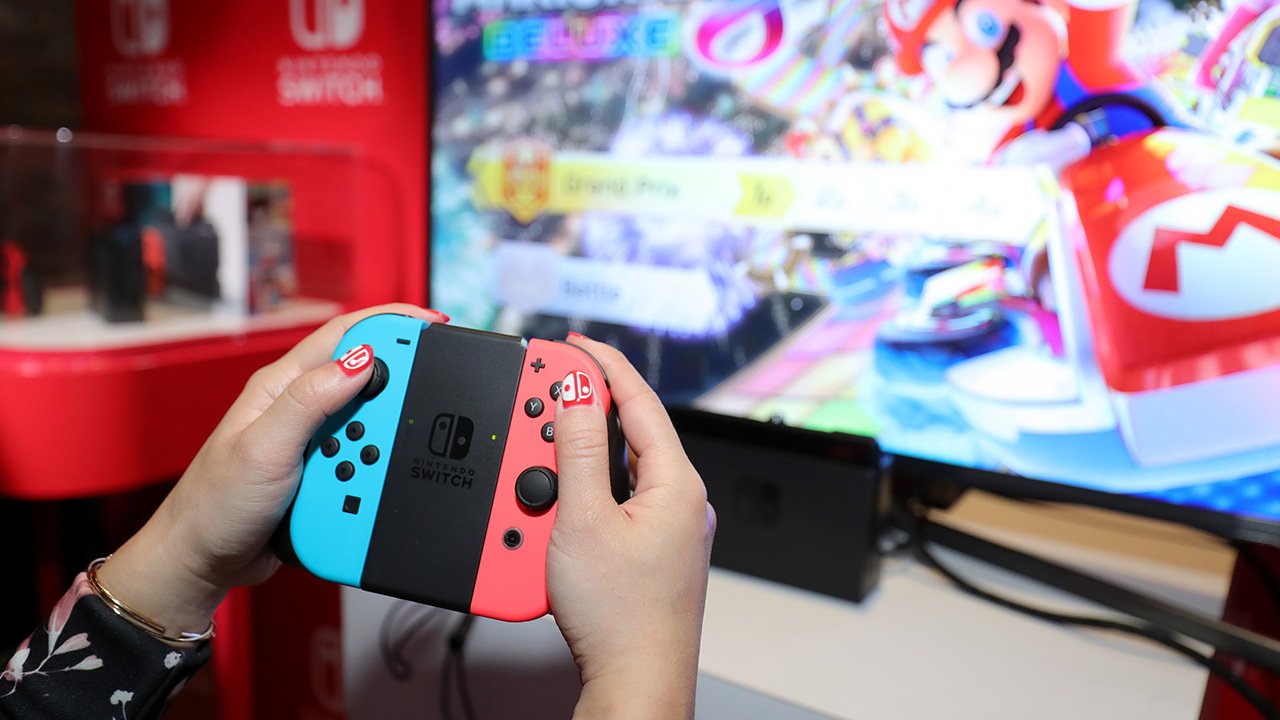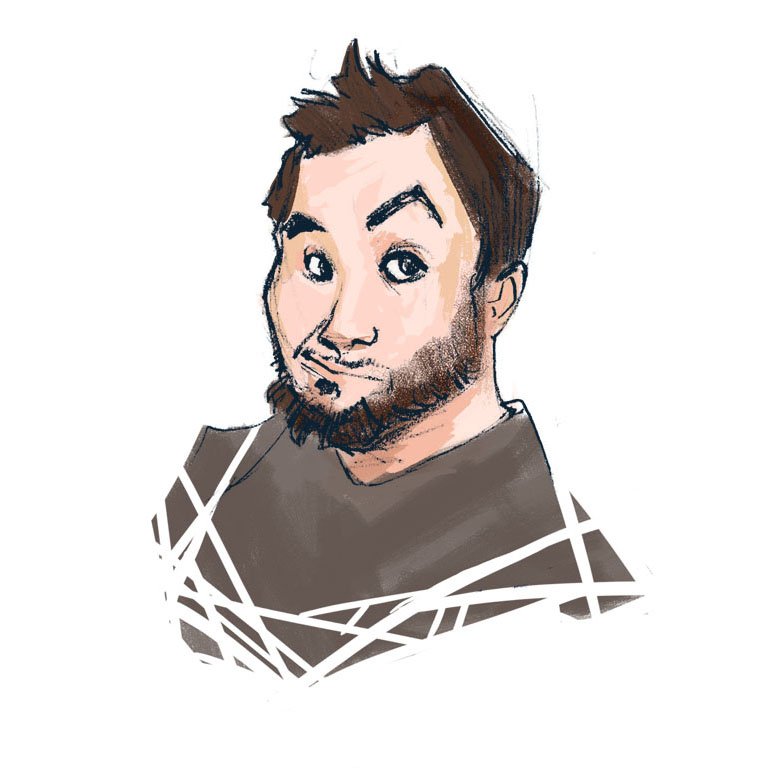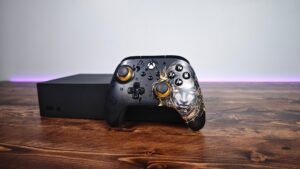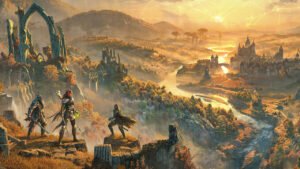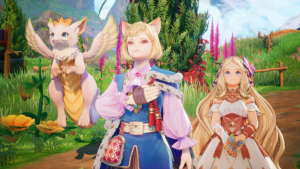While there is undoubtedly interest in the Nintendo Switch, it’s hard to say how much of that is genuine excitement or morbid curiosity from onlookers who have been predicting the house of Mario’s demise for well over a decade now. While many will point to pre-order numbers and YouTube page views, all those analytics really don’t indicate the long term success of Nintendo’s next console, and a lot of that is because Nintendo is unlike its counterparts in many ways. The most obvious distinction is its complete inability to court third-party support. Blame it on underpowered hardware, or disagreements over formatting, but this time around there is no excuse. The success and failure of the Nintendo Switch lies in the hands of third-party developers and publishers.
It seems that, more so than any other hardware manufacturer, Nintendo has a hot and cold relationship with its most hardcore fans, many of who have complained about the lack of consistent support for their Nintendo home consoles. Software droughts felt like an eternity between worthwhile purchases, with not a lot to offer otherwise, especially on the Wii and Wii U. On the Wii U, there was a notorious six month slow period at the tail end of 2013 and the start of 2014, where the console offered only three high profile titles in six months (Donkey Kong Country: Tropical Freeze, Super Mario 3D Land, and Wii Fit U) leaving fans with little to choose from, and even less variety. While each game was critically acclaimed in their own rights, it would be tough to sell anyone on the concept of the Wii U for new titles.
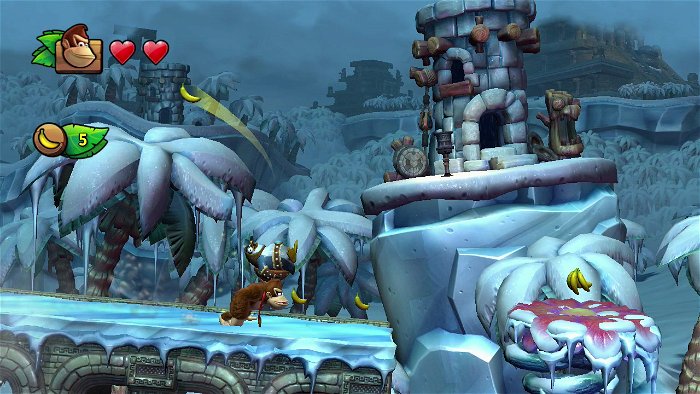
The Wii was different, but also the same in many regards. While I would argue Nintendo’s waggle station offered up memorable titles like Metroid Prime 3, Mad World, Muramusa: The Demon Blade, Xenoblade Chronicles, Tatsunoko vs. Capcom, No More Heroes and Sonic Colours—which was a healthy dose of first, second and third-party support—the lack of quality control on the console left people a little uneasy about jumping into new experiences right away.
This is why high-end third-party support is important, and I’m not sure Nintendo knows how to appease that sector of the games industry. This has been an issue throughout the company’s time as a hardware manufacturer. The restrictions they put on developers willing to work with the NES caused many of them to set their eyes on the Genesis, which ended up taking over the market for a time. While Nintendo gained that ground back during the SNES era they managed to create one of their biggest market rivals in Sony by scrapping the Nintendo “Play Station” disc add-on for the SNES in the early 90s, which lead to Sony creating the home console brand that is currently dominating the market. That move hurt Nintendo more than anyone imagined at the time; not only did they unknowingly create competition driven by revenge, their decision to stick with cartridges into the late 90s instead of switching to CDs drove Square Enix to the arms of Sony where they could make bigger Final Fantasy titles. While now, the Square Enix JRPG series is on pretty much everything that has the ability to run games, at the time, Final Fantasy was a title that had a mental tie to Nintendo. To this day Nintendo consoles have not featured a main entry Final Fantasy game since the Super Nintendo era.
Nintendo’s reluctance to adapt to modern formatting only hurt their ties with third-party developers further with the release of the GameCube. While the industry had moved to DVD format, Nintendo chose to use optical disks in an effort to reduce the chances of piracy. To be fair to Nintendo, the PlayStation 1 and 2 along with the Sega Dreamcast were pirate havens because they were so easy to modify, while the GameCube didn’t suffer the same fate. Perhaps the formatting difference wasn’t the main issue. In fact, looking at the lineup for the GameCube at the beginning of the console’s life compared to the end reveals another issue with the Big N third parties: Nintendo console owners are less likely to buy non-Nintendo games. In fact, from August to December 2002 the GameCube hosted 109 games. That is a mix of first, second, and third-party support, but that’s a lot of games. Yet publishers like Capcom had to take their once exclusive titles to other, more fruitful platforms to financially justify their new games’ existence.

By the time the Wii rolled around it became apparent that fans are not buying non-Nintendo games. Most famously, Sega saw a distinct lack of M-rated content for the Wii and responded by releasing shooters The Conduit (which High Voltage software stated sold 350,000 units) and The Conduit 2, the over-the-top, hyper violent beat ‘em up Mad World and the light gun rail shooter House of the Dead: Overkill (which sold 45,000 units in its first month according to NPD). While House of the Dead met Sega’s expectations for the Wii, that’s hardly a great number, and Sega didn’t release anything mature on the Wii following the Conduit sequel. Interestingly enough, the original Conduit was ported to mobile devices.
This leads to another argument; it seems that people want those types of games, but not necessarily on Nintendo platforms—even on the DS, which was, at the time, one of Nintendo’s best-selling products with a robust library of first, second and third-party content. This caught the eye of Rockstar, the publishers of the Grand Theft Auto series, who offered a Nintendo a port of Grand Theft Auto: Chinatown Wars, yet it did not meet sales expectations worldwide, despite critical acclaim. That might be less on Nintendo however, since the PSP port did not crack the monthly top-20 sales. Even former Nintendo Vice President of Sales and Marketing Cammie Dunaway described those numbers as “frustrating,” in an interview with MTV, mentioning mature titles like Resident Evil 4: Wii Edition, which managed to crack 1 million units sold. But still, losing out on one of the biggest IPs in the industry is not a good look.
Perhaps the biggest issue Nintendo needs to tackle in order to regain third-party trust is show they aren’t the “other console” to own. One of the biggest issues fans of the Wii U had was that many of the console’s third-party offerings were too late, and they were already available elsewhere. This caused a lot of publishers, like EA, to abandon the Wii U. The Switch has brought the publishing giant back, to an extent, as EA has announced FIFA 17 for the new Nintendo console, but they’ve admitted it’s more or less of a test. In fact, EA flat out stated that the future of their titles on the Nintendo Switch is dependent on how the platform sells, while Respawn Entertainment stated fans won’t see Titanfall 2 on the Switch as it’s far too underpowered—that’s a pretty big contrast compared to the excitement of excitement from developers like Grasshopper Studios, Namco Bandai, and even Bethesda who, for the longest time, refused to bring their titles over to the house of Mario. But even the Skyrim publisher has been tight liped about any other franchises landing on this new console.

For the Switch to succeed, it will need more than downgraded ports of titles that have been on store shelves for a year. And while there seems to be a strong showing of first and even second party content for the Switch, third-party titles still seem to elude the company. Titles like Ubisoft’s upcoming For Honor, Ghost Recon Wildlands, South Park: The Fractured But Whole, EA’s Mass Effect: Andromeda, or even Square Enix’s Nier are all absent from Switch talk, and that’s concerning. While an argument can be made that most people already own consoles that can play those titles, the experience Nintendo is trying to provide is home gaming on the go. The company has a chance to convert gamers with these third-party titles and the option to play them outside the house, even if it’s for just a few hours between recharges. But the absence of key IPs could be more telling than quotes from excited Japanese developers looking to cash in on their home country’s hot handheld market.
That could very well be the difference between the success and failure of this new venture. There’s no denying the Switch is an interesting concept with loads of potential, but potential only means so much. Nintendo needs to rebuild the bridge with third-party developers for the Nintendo Switch to succeed or fans will face the same game droughts they’ve been plagued with for generations. If this becomes Nintendo’s reputation, consumers might not be so eager to drop $400 (CAD) every five years.
